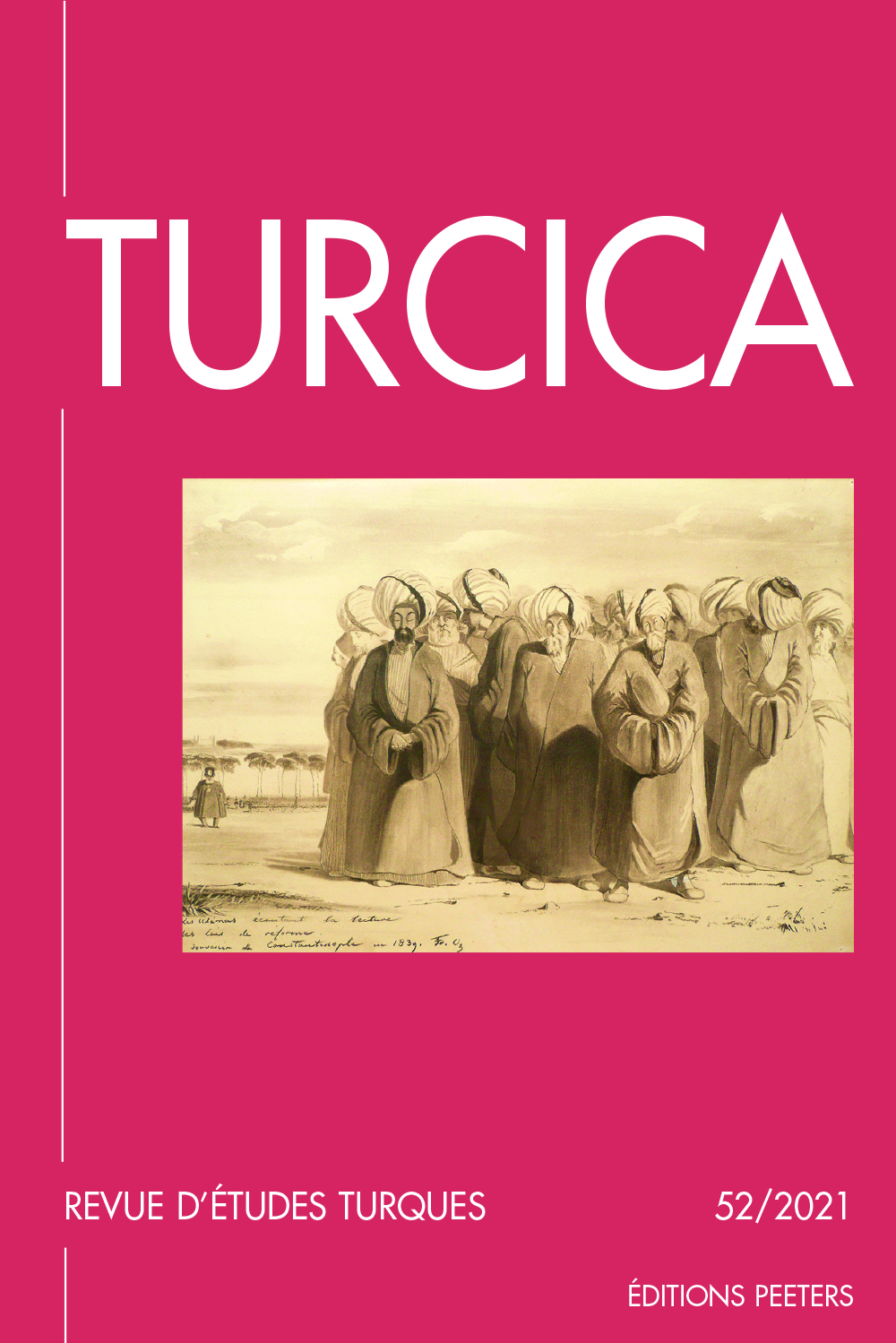 previous article in this issue previous article in this issue | next article in this issue  |

Preview first page |
Document Details : Title: Intralingual Translations from Ottoman Turkish into Turkish with Armenian Letters Subtitle: The Example of Hikâye-i Âşik Garip Author(s): YILDIRIM, Ezgi , URAS, Arsun Journal: Turcica Volume: 54 Date: 2023 Pages: 193-212 DOI: 10.2143/TURC.54.0.3292407 Abstract : In this paper, we examine Hikâye-i Âşık Garip, one of the best-known Turkish folk stories, within the scope of intralingual translation, and explore what concepts can be used for the act of translating from Ottoman Turkish (OT) into Turkish with Armenian letters (TAL). Based on the comparison of sample passages from the OT and the TAL Hikâye-i Âşık Garip, we reveal some possible changes and translational strategies in the TAL story and establish their connection with parameters like knowledge, time, culture, and space, causing the recreation of a text within the same language. The paper ends by presenting two types of intralingual translation, namely azade tercüme (free translation) and bi-aynihi tercüme (identical translation) employed in the 19th century in the Ottoman Empire, and by demonstrating the relationship between azade tercüme and the target-oriented notion of acceptability. Dans cet article, nous proposons d’analyser Hikâye-i Âşık Garip, l’une des histoires folkloriques turques les plus connues, dans le cadre de la traduction intralinguale, et d’étudier de près les traductions du turc ottoman (TO) au turc écrit en lettres arméniennes (TLA). En comparant les exemples du Hikâye-i Âşık Garip en TO avec sa version en TLA, nous observons certains changements possibles et des stratégies de traduction, et nous constatons ainsi la recréation d’un texte dans la même langue en fonction des paramètres pragmatiques tels que le savoir, le temps, la culture et l’espace. Cette étude a pour but de déterminer deux types de traduction intralinguale, à savoir la traduction libre (azade tercüme) et la traduction à l’identique (bi-aynihi tercüme) employées au XIXe siècle dans l’Empire ottoman, et de démontrer que la traduction libre pourrait être élaborée autour de la notion d’acceptabilité pour la culture cible. |
|


